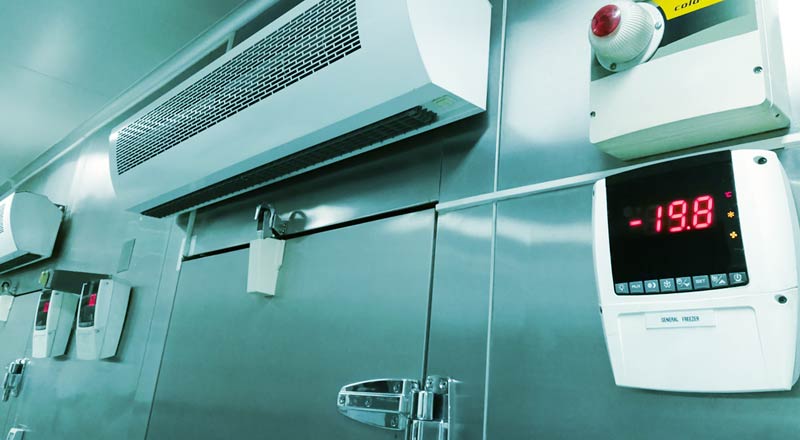Source: Sigfox USA
“We recently challenged the Sigfox USA squad to create a Sigfox low power wide area connected use case in their home that would illustrate the power of IoT for commercial use. Kirsten Fournier, Sigfox USA Controller, not only saw the challenge as a way to come to a consensus on a weekly domestic chore but also help solve a humanitarian issue.
Trash pickup in our neighborhood happens each week on Monday morning. As a result, on Sunday night you will find me and my fiancé in our kitchen, arguing passionately over what food from our refrigerator has gone bad and should be pitched into the trash… It’s by far one of the biggest divides in our otherwise rock-solid partnership.
He Says Tomato, I Say Tomahto…
My fiancé is a devotee of the expiration date method, and food should be disposed of immediately after the expiration date. I was raised on an alternative school of thought, what my parents called the “see and smell” approach, where you smell it for unusual odor and visually examine the food for physical evidence of it passing. We believe that the expiration date is merely an outdated FDA guideline, that may or may not indicate the freshness of a food item. I wondered if there was a way to monitor food freshness beyond these two vastly different methods.
My aim was to determine if reaching specific humidity and/or temperature thresholds would lead to a spike in bacterial growth, which would be the indicator that food had spoiled.
Spoiler Alert
Using a Sensohive device connected to the Sigfox LPWA IoT network I began to monitor the humidity and temperature of a bag of celery, with an expiration date of that day. The first message showed a temperature of 54 degrees and 67% humidity, and over the next week the temperature readings were constant, between 39 and 40 degrees, but the humidity continued to rise, peaking at 95%. At this point, the moisture level in the bag of celery was clearly visible as well as the deterioration of the actual food. The celery had definitely gone bad. My second test was a bag of pita bread, with one week until expiration. Initially, the pita tested at 92% humidity, and after a few days it suddenly it spiked to 98%… yet it appeared unspoiled. The results were inconsequential.
While my tests didn’t solve the debate between me and my fiancé, I believe if we used a different sensor to measure C02 and humidity levels, we would be able to scientifically determine the time when a food product was unsafe for consumption.
Helping Solve The Food Shortage
Beyond this IoT test eliminating arguments between spouses over food disposal, more importantly, this could be one solution to help the food security crisis experts are predicting. What if food freshness could be monitored cheaply using IoT solutions so that fresh food gets used, not wasted?
If we play this out further, IoT solutions can provide insight into humidity, C02, and temperatures for food manufacturers, as well as food processing and storage facilities where maintaining optimum environmental conditions, is critical. A simple threshold alert can be set to warn of environmental changes, from shelf to shelf even, enabling waste mitigation to potentially happen in real-time.
Restaurants, as well as grocers, could also benefit from knowing the environmental storage conditions of their food. Optimizing when to put food on the shelf, upfront for quick sale, or as the special of the day. Bringing digital transformation to the food industry, from the processing to the packaging to the point of purchase could be an important part of the solution to the coming global food shortage that some international experts have forecast.”



